New Addiction Treatment Available to Los Angeles & Orange Counties – The Total Relief Method Hits a Nerve
A 35% – 65% Decrease in Relapse Rates Now Documented
Pressure to improve the relapse rates of addiction treatment facilities are heating up. All over the country addiction is increasingly described as a national and local ‘crisis.’ A big part of this problem is because the relapse rates are so high (90%) that the total number of addicts keeps climbing – tragically so are the mortality rates. Until the relapse rate problem is tackled in a much more statistically significant way – this trend is projected to continue and the treatment facilities and their operators are expected to come under greater pressure to do something about the relapse problem.
One man is doing exactly that – Dr. David Rubenstein, PhD of Southern California – an expert of the nature of Stress and its role in the development of addiction and relapse, has created and tested a new approach. “We have to begin by understanding and perhaps admitting that much of what generates addiction and relapse in the first place is not as well understood as is popularly thought. He goes on to say, “numbers don’t lie, if we really did have adequate understanding then the relapse rates would reflect this in a numerical way: Instead these rates insist that something is missing here. A 90% failure rate is scientifically and morally unacceptable.”
A new treatment model and a specific protocol of practitioner-based manual alternative physical medicine was developed and has been in use since 2013 with a track record that shows at least a 35% reduction in relapse over the first year.
Defining The Total Relief Method™
We Are Here to Help and We Would Love to Hear from You
Please use the form below and we will get back to you within 1 business day.
